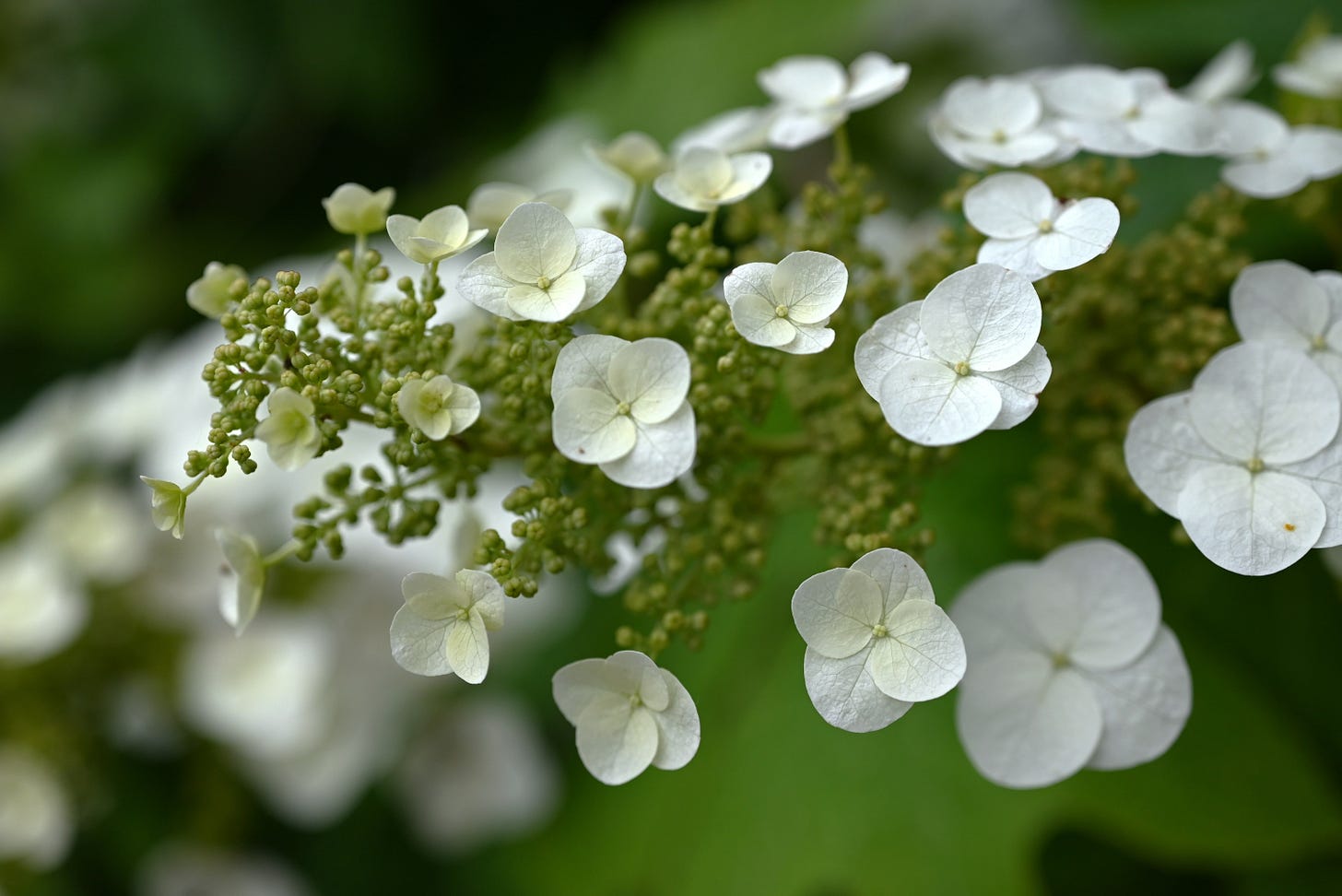Birding in New York City summer is a secret song. Orioles weave through sun-kissed leaves, chimney swifts soar and sizzle, herons refract into scorched beams of light.
The city thrums. Green whispers grow loud. Everything burns wet.
Let’s dive in.
UPDATES & ANNOUNCEMENTS
1.) OOO ALERT! We’re on vacation the next three Saturdays: 6/21, 6/28, and 7/5. No bird club until 7/12. See you then!
2.) DON’T DESPAIR! You don’t need a guide. Just head to Prospect Park, Greenwood Cemetery, The Ramble, Jamaica Bay Wildlife Refuge—ANYWHERE A PATCH O’ NATURE REMAINS, SISTERBROTHER.
Feel it out. Notice things. Trust yourself.
Get frustrated, then soothe yourself with sacramental communion to Mother Earth. (Or soft serve or whatever.)
3.) WE’RE NEVER REALLY GONE. Keep reading this newsletter. Keep DMing and emailing us your bird or birding or life questions. No matter how rum-ham greasy our digits, we’ll answer you.
MICROSEASON — JUNE 9 - 15
If you’ve ever looked at your life (or phone) and wondered, Is this it? Is this all?—I offer this, not as an answer, but as a portal:
Look wider. Listen harder. Step through the gate.
(From The 54 Microseasons of North Brooklyn. Did you read that longy yet?)
This microseason, in McGolrick Park, our urban forest proxy for NYC, and perhaps even larger swathes of the eastern U.S., one noticed:
Fireflies emerge • Oakleaf hydrangeas and orange day-lilies (non-native) peak • Barberries (non-native) turn blue • Staghorn sumacs redden • Serviceberries are eaten • Red-tailed Hawk and Downy Woodpecker fledglings
And here’s a full list of McGolrick birds:
American Kestrel · Blue Jay · Chimney Swift · Common Grackle · Downy Woodpecker · Eastern Wood-Pewee · Fish Crow · Gray Catbird · Hermit Thrush · Laughing Gull · Northern Cardinal · Red-bellied Woodpecker · Plus the virtually always present in urban parks: Rock Pigeon, European Starling, American Robin, House Sparrow and Mourning Dove
Nota bene: The above list of birds is from the entire micro-season, not just our Saturday outings!
This microseasonal go-round, we’re trying to focus on, or at least call out, native plant species! Are Oakleaf hydrangeas technically native to NYC? Sort of. They’re endemic to the Southeast, but their range seems to be creeping north with climate change—even as their original range contracts, thanks (as always) to human fuck-ups. Read more here.
Current Japanese microseasons:
Rotten grass becomes fireflies (June 11–15)
Plums turn yellow (June 16–20)
Last year’s North Brooklyn microseasons:
Fireflies emerge • Orange Day-Lilies peak • Eastern Kingbird visits • Fish Crows nest • Lingering Ovenbirds
EASTERN ORIOLES
While I (Michael) go-go on vacation, keep an eye (and ear) out for—besides the usual suspects and the six herons you simply must know—our very favorite NYC summerers…
Orioles.
There are only two oriole species east of the Rockies. Both can reliably be found this time of year in Brooklyn’s largest and closest approximations of pre-colonial wilderness—like Prospect Park.
How to find them? Listen closely for flute-like songs—bright, liquid, not quite American Robin-ish. Then look up. Soften your gaze. Sweep and pat down tall trees for subtle, high-up motion.
Size: Slightly bigger than starlings. Slim body, long legs, slightly curved bill.
Color: Males are unspeakably neon orange with perfect black heads and backs; females are softer yellow-orange. Juveniles are somewhere in-between. Both sexes have distinct white wing bars.
Where in Brooklyn: Vale of Cashmere (yes, that’s a real hotspot near Prospect Park’s north tip) and Prospect Park’s Peninsula. Watch for neon orange flyovers and maneuvering bodies near waterside trees.
Size: Slightly smaller than the Baltimore Oriole. More compact, with a shorter tail and finer bill.
Color: Adult males are baddie burnt chestnut and black. Females and immatures are yellow-green with faint wing bars—less vivid and contrasty than Baltimore Orioles.
Song: Flute-like, not quite Robin-ish because thinner and more hesitant.
Where in Brooklyn: Try scanning the tall trees adjacent the field on Prospect Park’s Peninsula.







